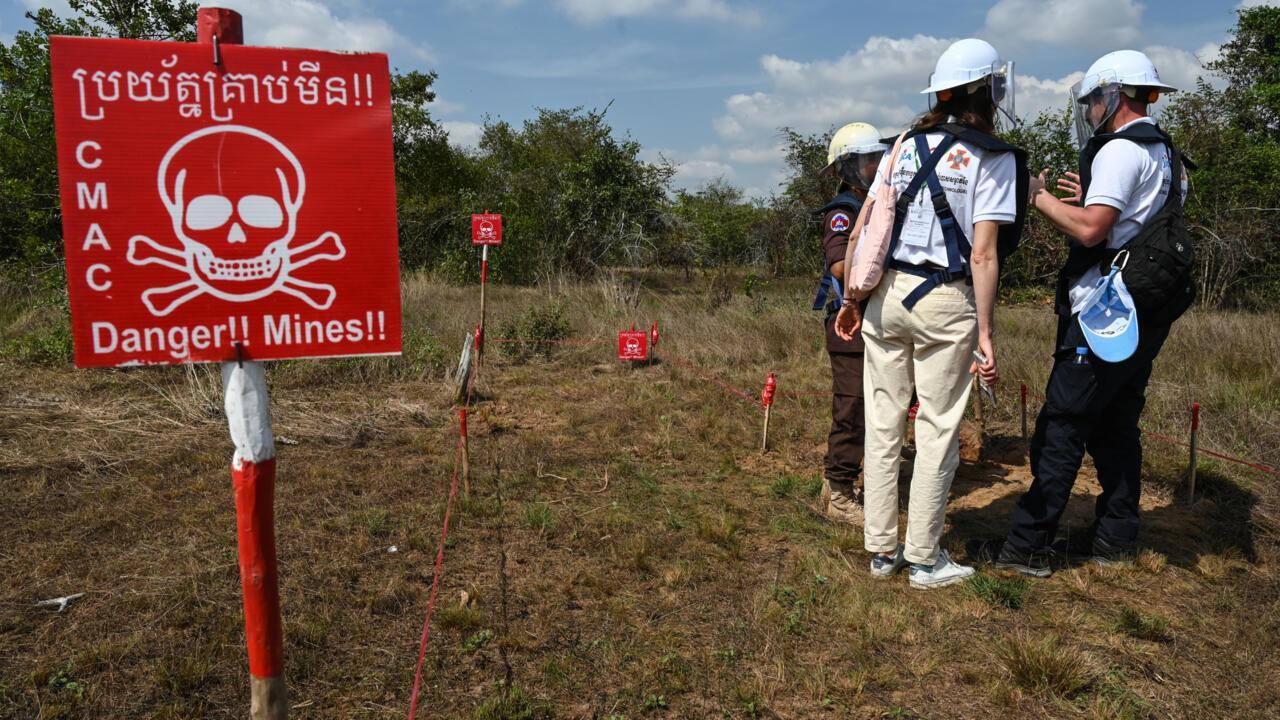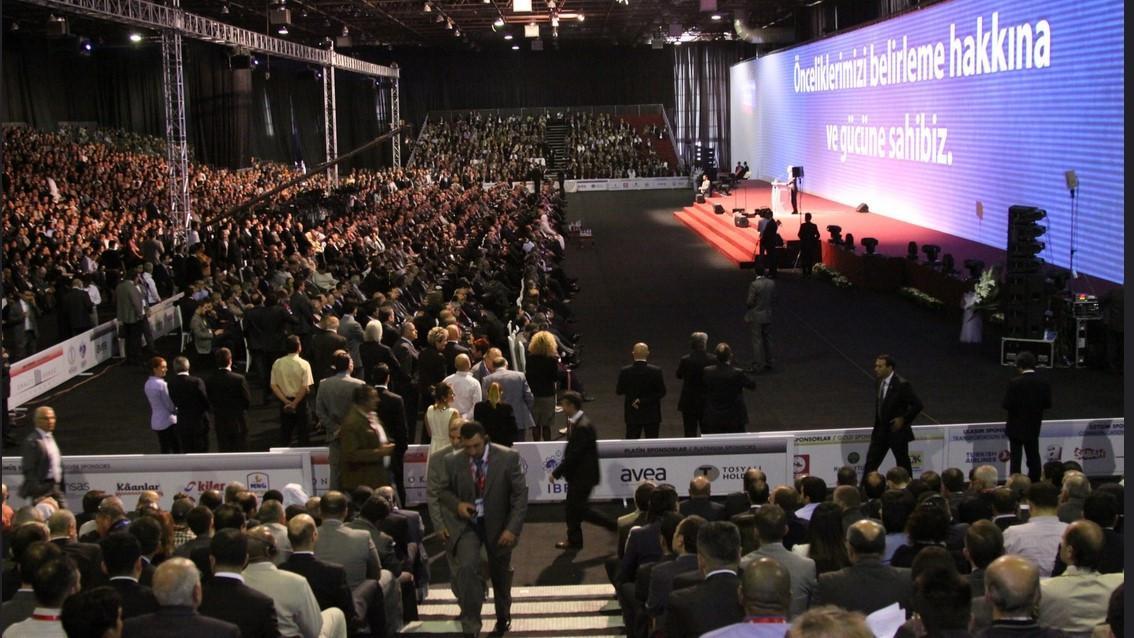Talking and delivering resolution
Dealing with separatist terrorism through democratic tools must require skill, energy, patience and as strong determination as ought to have been possessed in the security-dominated option. A short look at the court testimony of the enforced life term convict chieftain demonstrates in all aspects that, as early as early 1990s, there was an incredible traffic of messages between the chieftain and Turkish leaders. Not only today’s ailing Iraqi President Jalal Talabani was playing the go between but also an army of eminent personalities, and some officious journalists, were involved in that period’s “peace diplomacy.”
What happened? Gendarmerie commander Gen. Eşref Bitlis died in a plane crash many believed was an assassination, President Turgut Özal died and an iron-lady a la Turca came to power to scrap dialogue and civilian approaches and order security forces to exterminate the gang at any cost. 1994-95 were the years when tens of businessmen, academics, journalists, peace activists were killed and almost 2,000 people vanished, some 1600 of whom are still listed as missing. That period was a very traumatic one for the entire country. Those were the times when “those who die and those who kill for the state” were considered “equally noble.”
In 1998, Syria was compelled to kick out the chieftain. Consequently he was captured as he was leaving the Greek ambassadorial residence in Kenya, and a new era started in the quagmire. The cruel beast of yesterday was today’s “repentant” inmate, pleading to serve the Turkish state in any way possible. In military terms the gang was “defeated.” Up until 2004, there was mostly a lull in terrorist activity. From 2004 on however, terrorism-related violence resurrected.
At the height of terrorism-related violence in 2006, the so-called Oslo process started between the gang and the Turkish intelligence organization, with the “active participation” of the prime ministry. That process faltered when minutes of some talks were “mysteriously” leaked. Then three years later came the Habur initiative. That effort was also very pragmatic. People would be shown terrorists coming down the mountain in herds and reintegrating into the society peacefully after they were cleared off all charges at a makeshift tent court established right at the border. That effort as well underestimated the size of the terrorism conglomerate. Soon the whole event was turned into a tent theatre; terrorists started dancing on busses and mocking the nation and the state. Process collapsed.
Now, for a last time the government says it wants to give peace language and civilian politics a last chance to strike a deal with the gang. This time while the government is directly talking with the chieftain, the message traffic is between the chieftain and his gang. Is there a possibility of success?
I sincerely hope we have that possibility. Yet the gang has become multi-billion-dollar enterprise of all sorts of illegality. Is it possible to liquidate it? To what extent that can be achieved; talking resolution is something but delivering it is something else… far more difficult.











